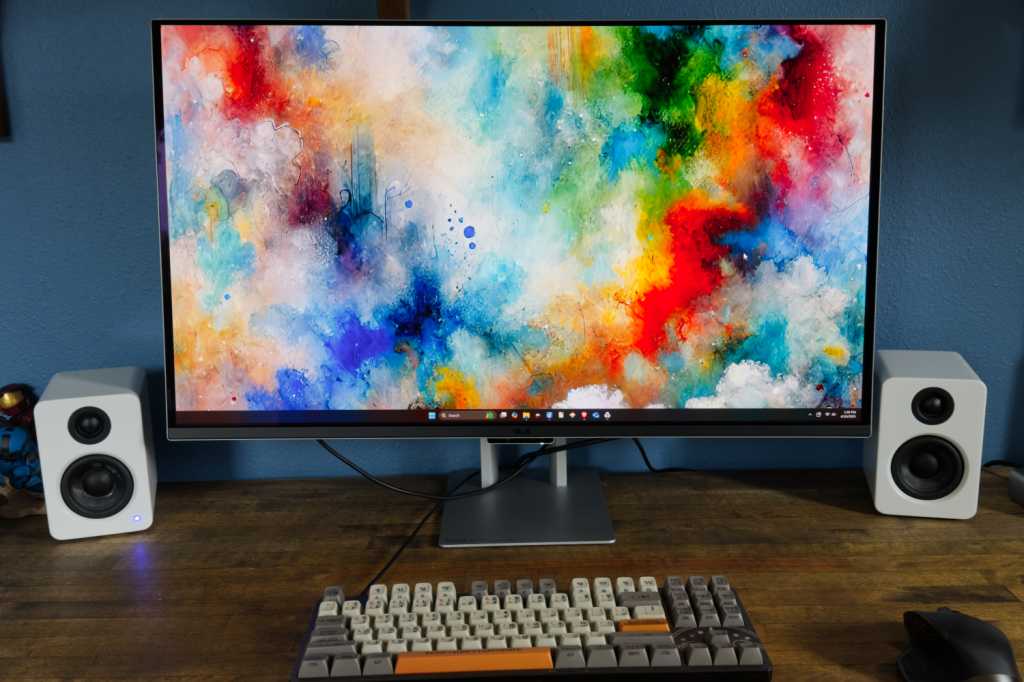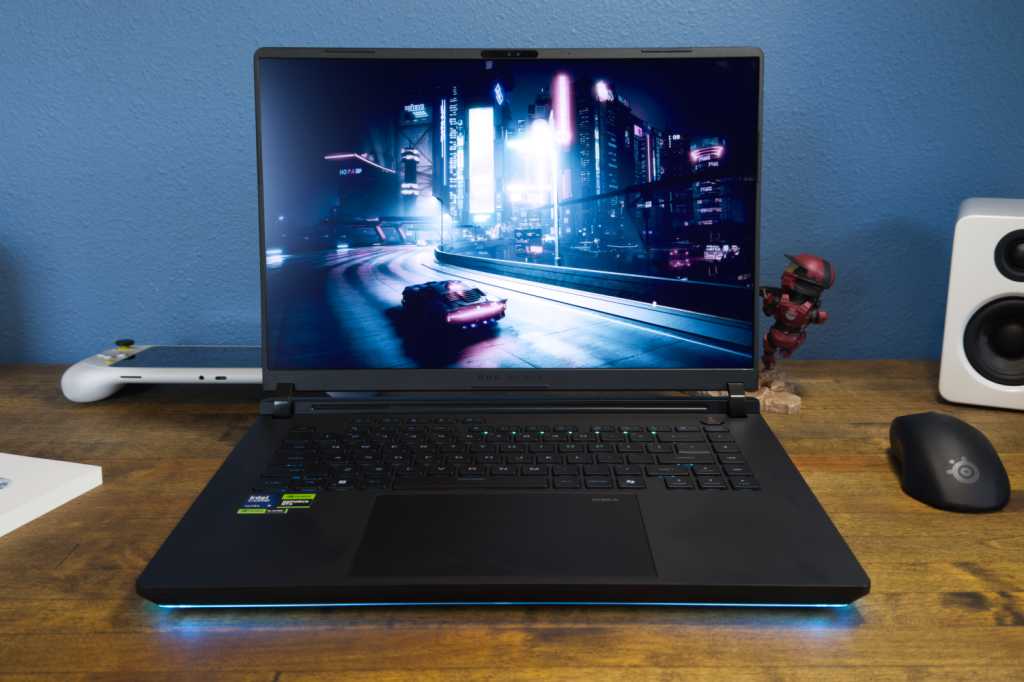The Framework Laptop 13 (2025) isn’t a completely new machine, but rather a refresh of key components. While its $1,946 price tag (as tested) might seem steep compared to other laptops, its unique repairability and affordable upgrade path make it a compelling value proposition for certain users. This review explores the updated features, performance, and overall value of the Framework Laptop 13 (2025).
Key Features and Specifications
- CPU: AMD Ryzen AI 7 350
- Memory: 16GB DDR5-5600
- Graphics: AMD Radeon 860M
- Display: 13.5-inch, 2880×1920 matte IPS, 120Hz refresh rate
- Storage: 1TB PCIe Gen4 SSD
- Webcam: 1080p
- Connectivity: 4x configurable/swappable ports, 1x combo audio jack
- Networking: Wi-Fi 7, Bluetooth 5.4
- Biometrics: Windows Hello fingerprint reader
- Battery: 61 watt-hours
- Weight: 2.99 pounds
- Price (as tested): $1,946 ($1,109 base without Windows or power adapter)
The Framework Laptop 13 (2025) is powered by AMD’s Strix Point Ryzen AI 300 series CPUs. Configurations are available with the Ryzen AI 5 340, Ryzen AI 7 350 (reviewed here), and Ryzen AI 9 HX 370. Base models include a 2256×1504 matte display, with a 2880×1920 120Hz upgrade option. Customization options include display bezels and keyboard decks. Base prices exclude storage, memory, OS, charger, and expansion cards, allowing users to tailor the configuration to their needs and existing hardware.
Design and Build
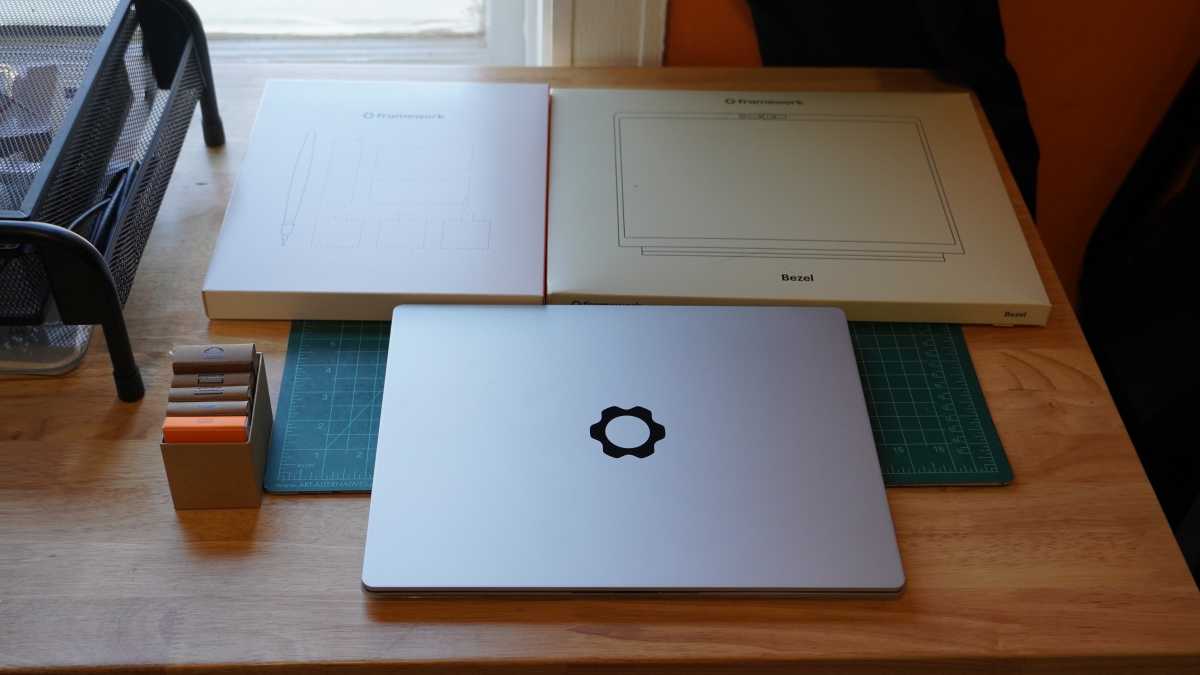 alt text: The Framework Laptop 13 (2025) featuring a purple bezel
alt text: The Framework Laptop 13 (2025) featuring a purple bezel
The 2025 model retains the aluminum chassis of its predecessors, designed for modular upgrades. While thin and relatively sturdy, some seams are visible, a trade-off for its modularity. Four expansion card slots offer flexible I/O customization. The customizable bezel is a nice touch, though the rounded corners of the display don’t perfectly align with the square corners of the bezel.
 alt text: Disassembled Framework Laptop 13 (2025) showing internal components and modular design
alt text: Disassembled Framework Laptop 13 (2025) showing internal components and modular design
Keyboard and Trackpad
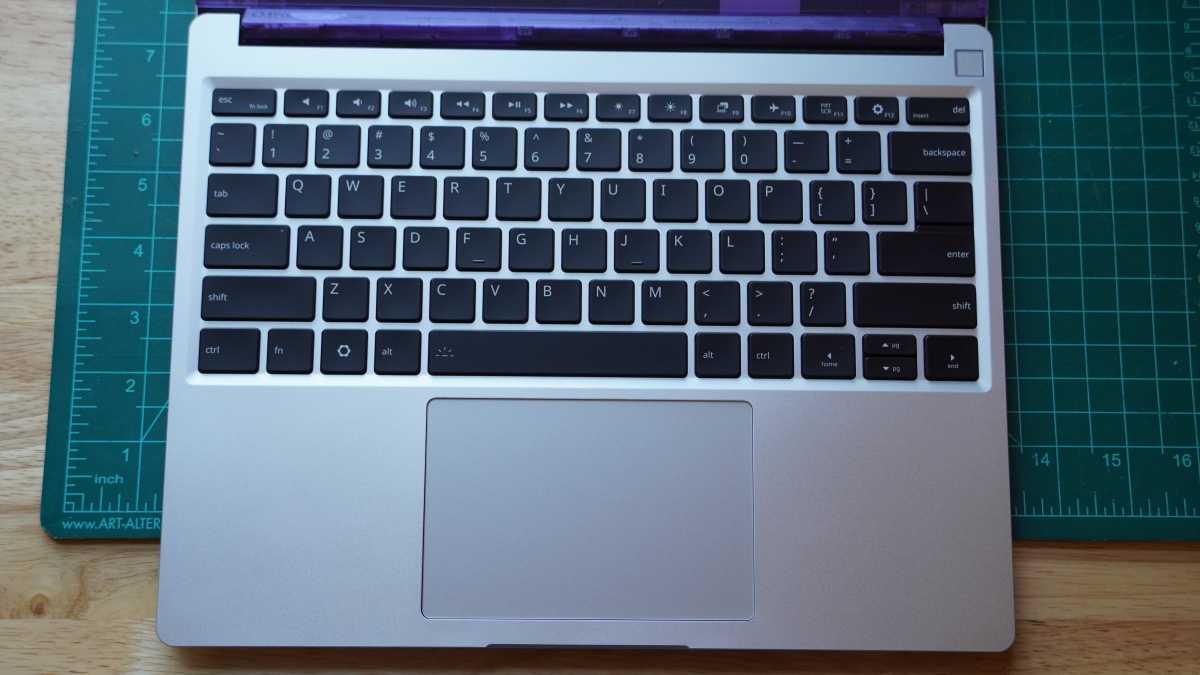 alt text: Close up of the Framework Laptop 13 (2025) keyboard showing key layout and backlighting
alt text: Close up of the Framework Laptop 13 (2025) keyboard showing key layout and backlighting
The Gen 2 keyboard provides a comfortable typing experience, achieving good speed and accuracy. Key travel and stabilization are decent, though a slight sponginess is noticeable. The white backlighting is effective. The trackpad is adequately sized and responsive, with smooth tracking and a tactile click.
Display and Audio
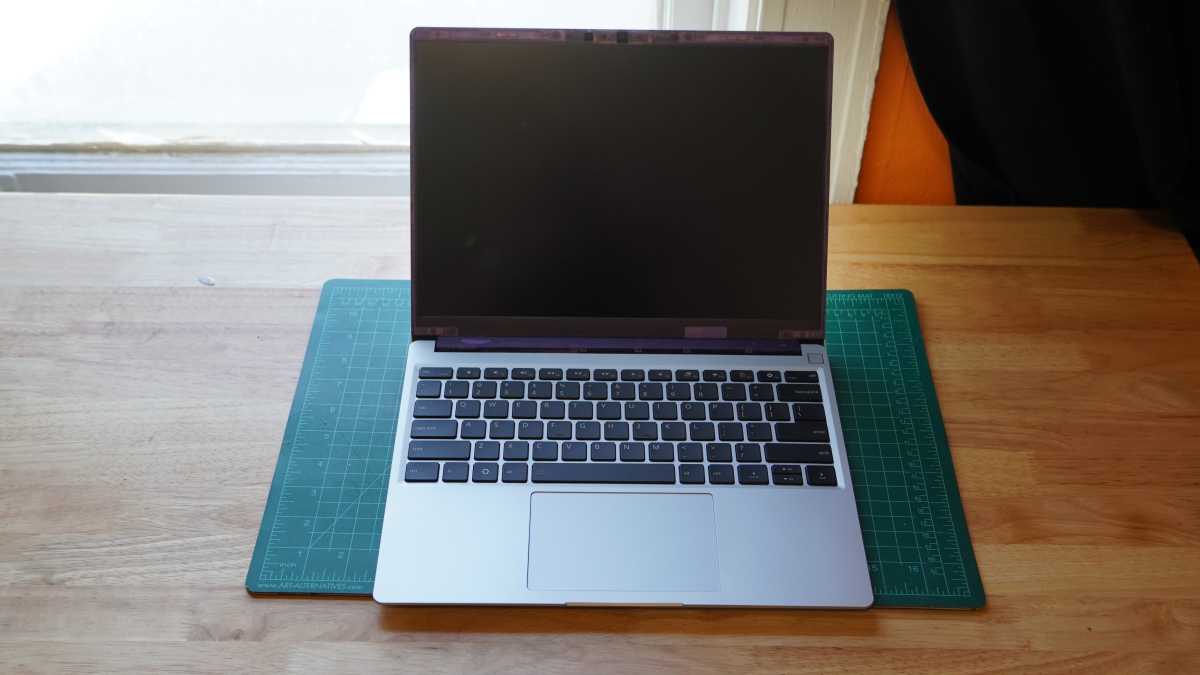 alt text: Framework Laptop 13 (2025) open and displaying an image, showcasing the screen's clarity and brightness
alt text: Framework Laptop 13 (2025) open and displaying an image, showcasing the screen's clarity and brightness
The display offers excellent brightness and an effective anti-glare coating, making it highly visible. The 120Hz refresh rate ensures smooth visuals. While contrast is impressive for an IPS panel, color coverage is limited, particularly in the DCI-P3 gamut. The speakers provide adequate volume for everyday use, but lack bass and can sound boxed in.
Webcam, Microphone, and Biometrics
The 1080p webcam offers a wide angle and good exposure. The microphone, however, suffers from distance and echo issues. Hardware kill switches for both camera and microphone are a welcome addition. The fingerprint reader is inconsistent.
Connectivity
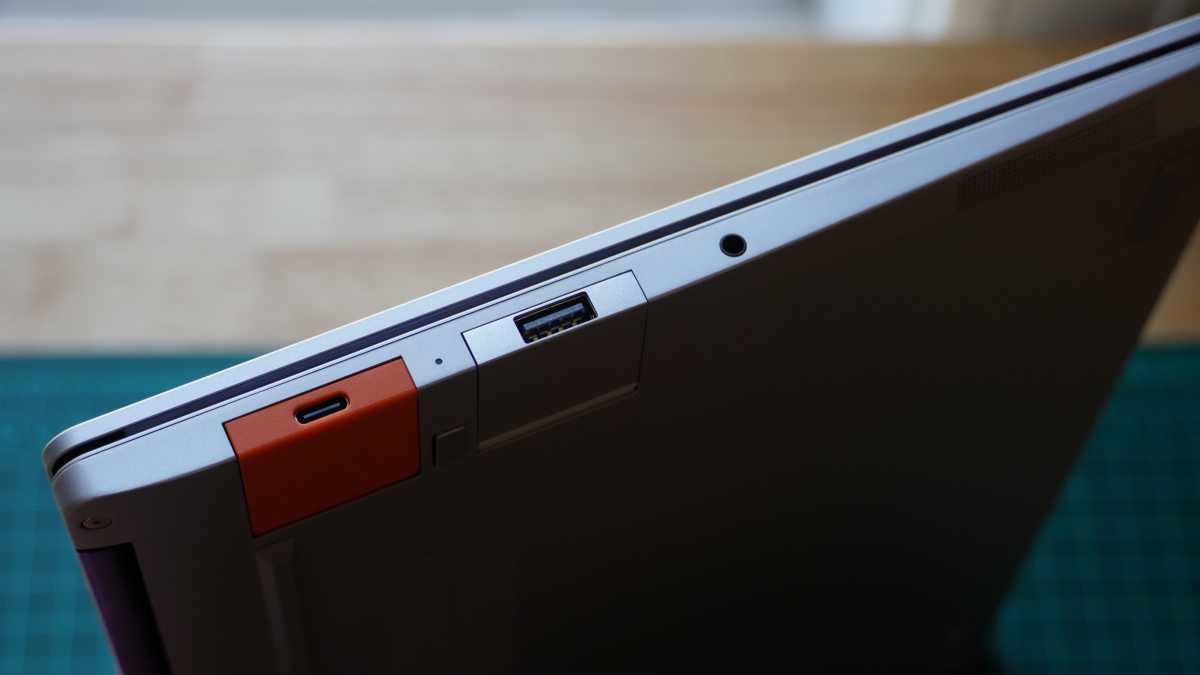 alt text: Close up of the Framework Laptop 13 (2025) ports showcasing the modular expansion cards
alt text: Close up of the Framework Laptop 13 (2025) ports showcasing the modular expansion cards
The Framework Laptop 13 (2025) features four modular expansion slots for customizing connectivity. Options include USB-C, USB-A, HDMI, Ethernet, DisplayPort, and SD card readers. However, bandwidth limitations apply to certain slots. Wi-Fi 7 and Bluetooth 5.4 provide robust wireless connectivity.
Performance
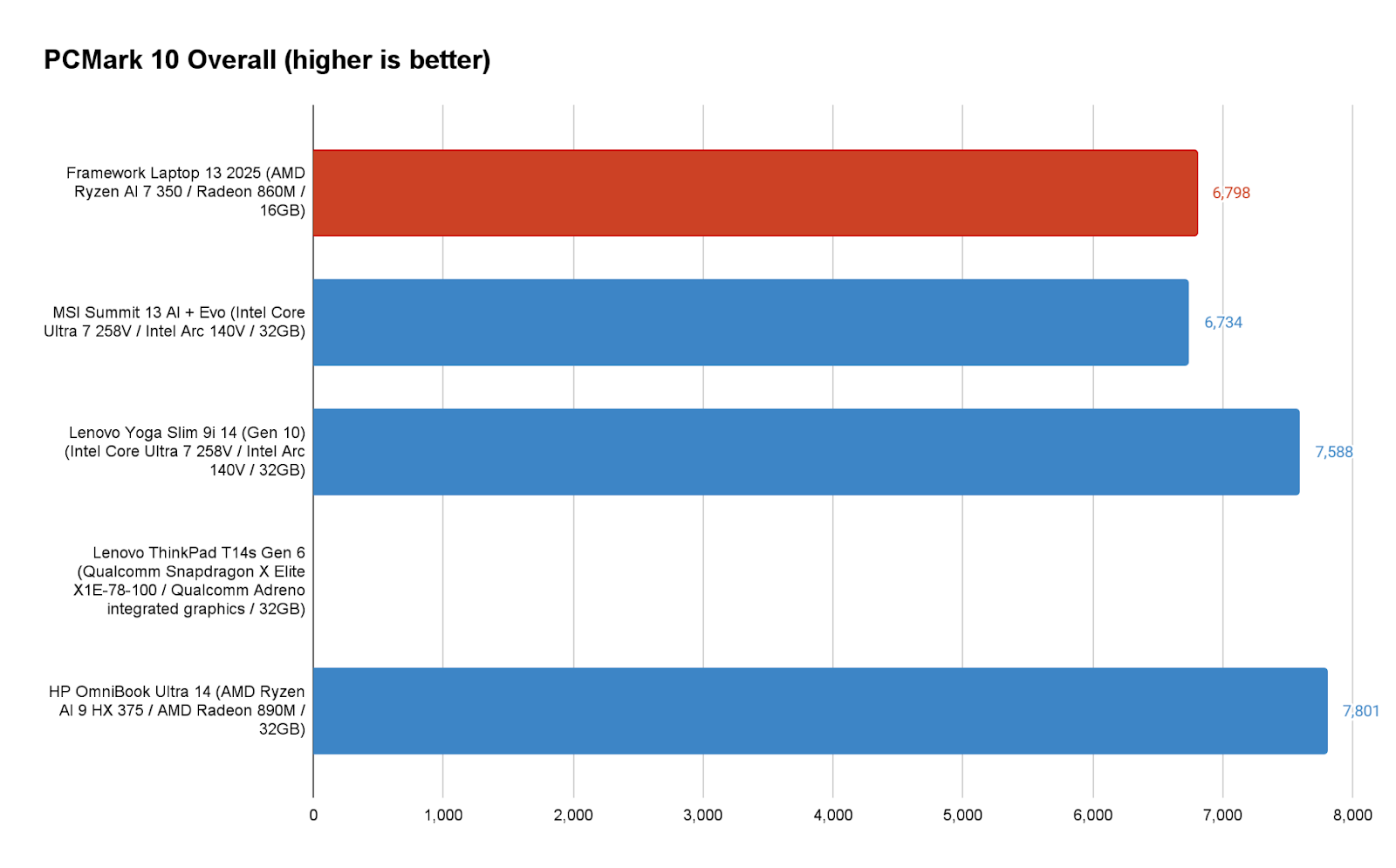 The Ryzen AI 7 350 delivers solid performance, outperforming some competitors in CPU-intensive tasks. However, it lags behind in graphics performance.
The Ryzen AI 7 350 delivers solid performance, outperforming some competitors in CPU-intensive tasks. However, it lags behind in graphics performance.
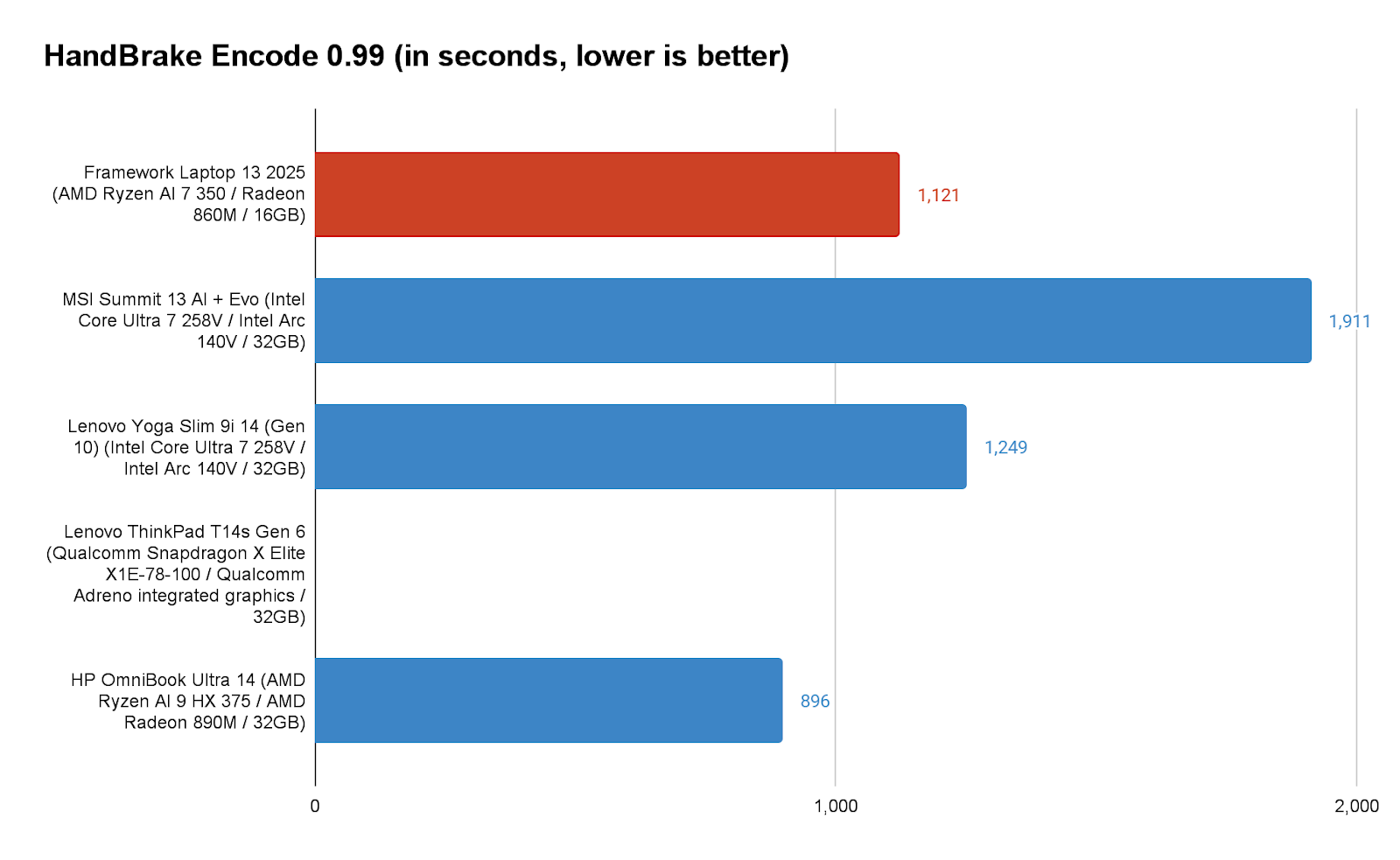
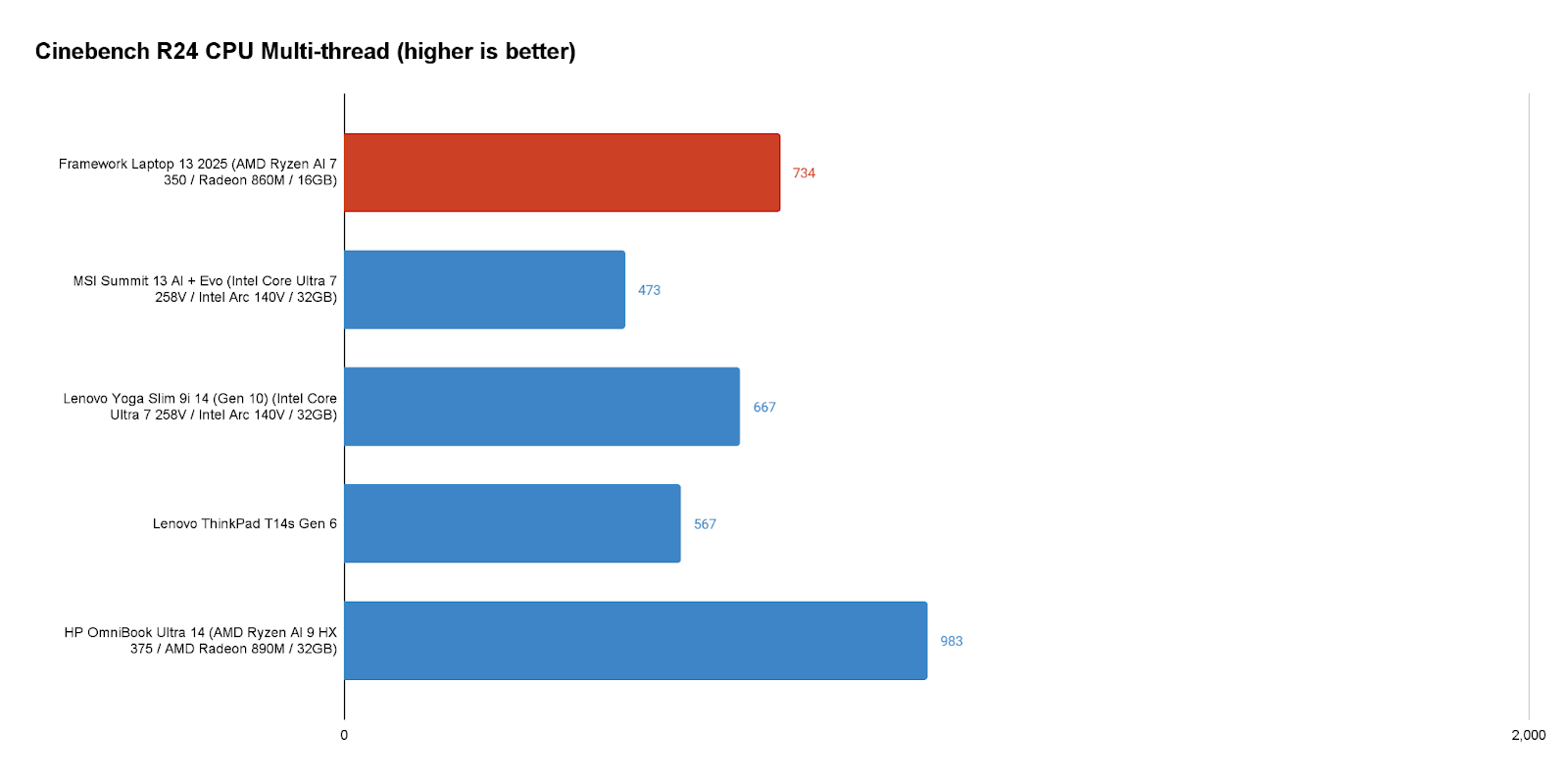
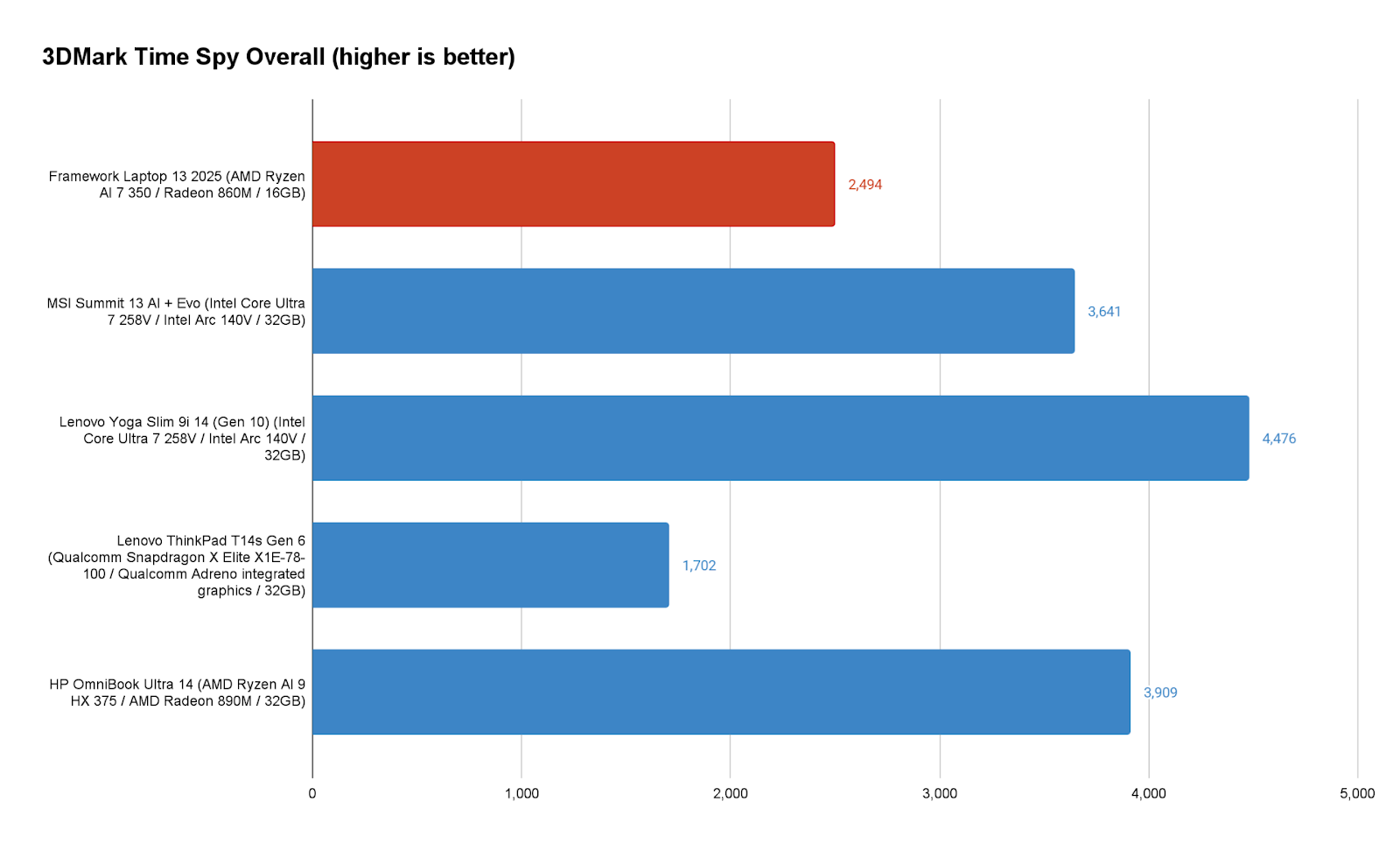
Battery Life
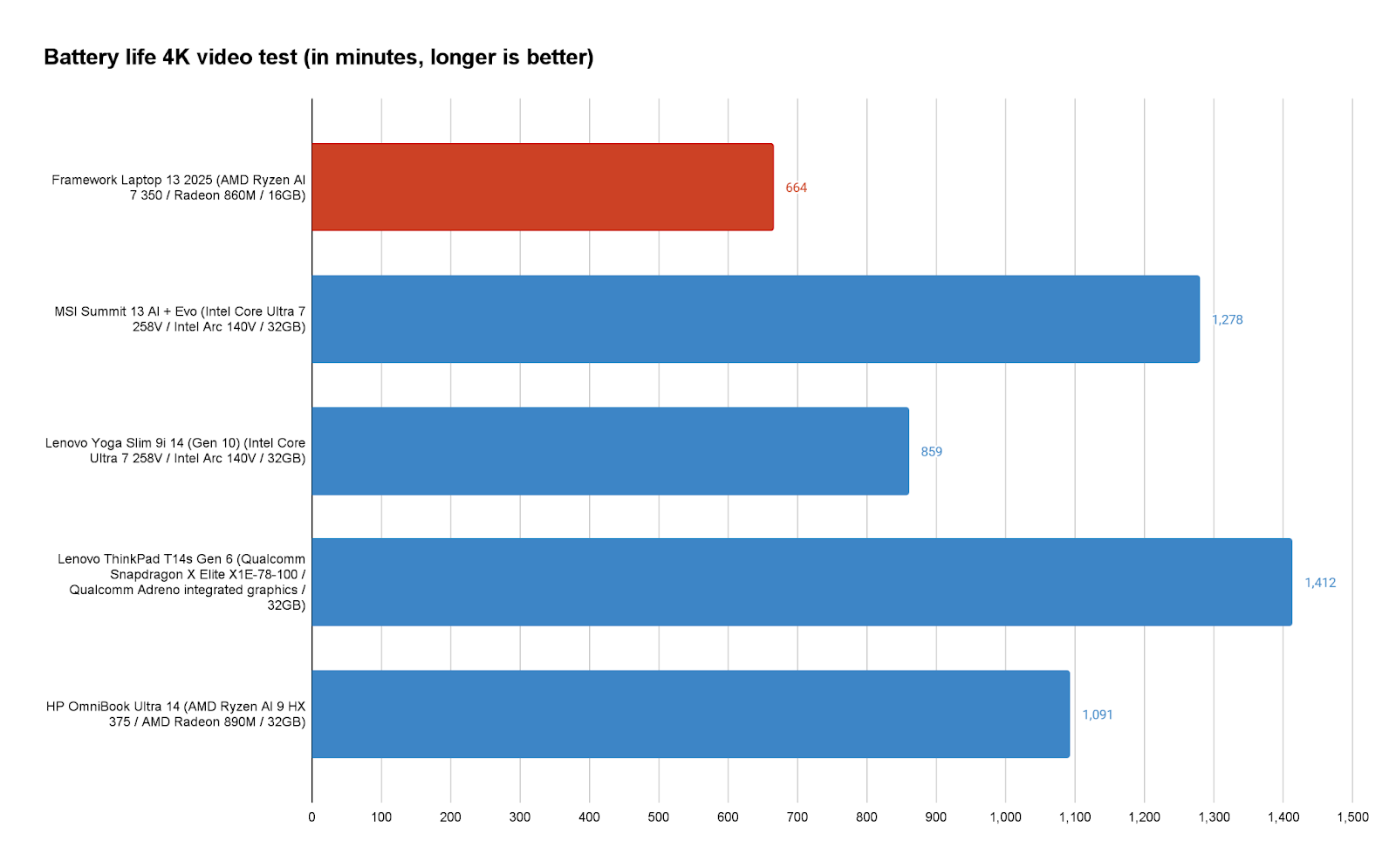
Battery life is a significant weakness, falling short of competitors. While adequate for a workday with brightness adjustments, it doesn’t match the longevity of other ultrabooks.
Conclusion
The Framework Laptop 13 (2025) offers a unique blend of performance, customizability, and repairability. While its initial cost might be higher than some competitors, the upgrade path offers long-term value for users who prioritize sustainability and upgradability. The modular design allows for flexible customization and future-proofing. However, the subpar battery life is a notable drawback to consider. Ultimately, the Framework Laptop 13 (2025) is a compelling option for those seeking a long-lasting, upgradeable laptop, but may not be the best choice for users prioritizing battery life or top-tier graphics performance.







